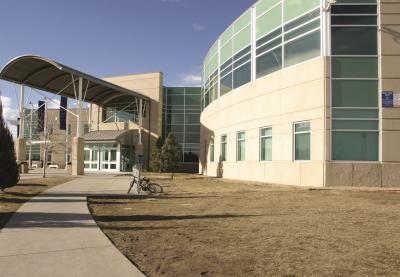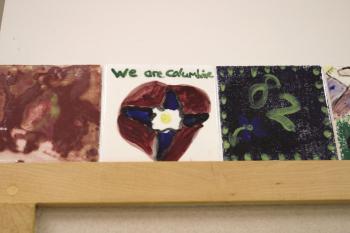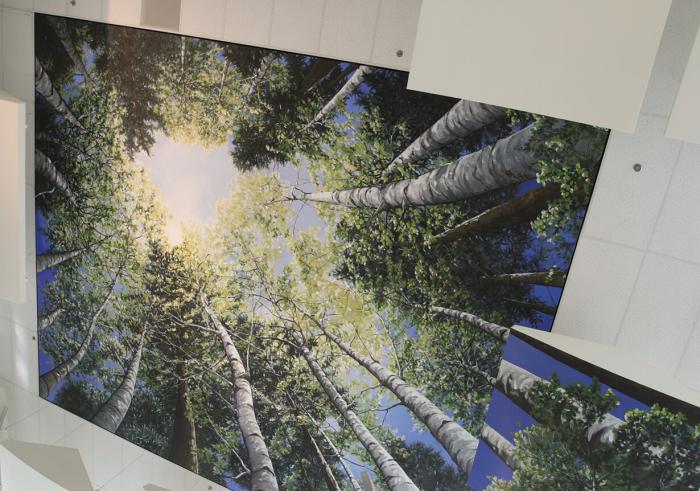Columbine High School has weathered so many storms.
The first storm, when teenagers Eric Harris and Dylan
Klebold shot and killed 12 students and a teacher on April 20, 1999, at the Littleton, Colo., school, was the fiercest.
But another storm — clouds of guilt, of grief, whirlwinds of questions, blame and shame — has lingered for the five years since, bolstered and twisted by the glare of the world's media.
Teaching Tolerance spent nine days at Columbine during the 2003-2004 school year, leading up to the five-year anniversary of the shootings.
We didn't set out to reopen old wounds, though we sometimes did; that's a fact of life at Columbine. We didn't set out to join the news vans and mini-cams, lights and lenses probing the school.
We went to Columbine to listen, to gather the stories of a school community struggling, in the words of Principal Frank DeAngelis, to reconnect.
DeAngelis recalls standing outside the school, on a cold morning after the shootings, thinking, "I've been here 20-some years. This is not the school I know and love."
Few schools have weathered such tragic storms, but all schools can learn from the lessons of Columbine — lessons of healing and recovery, lessons of struggle and unity, lessons about finding hope when all seems lost.
As teacher Kiki Leyba put it, "We've been through the death of a school and rebirth. And redemption as well."




0 COMMENTS